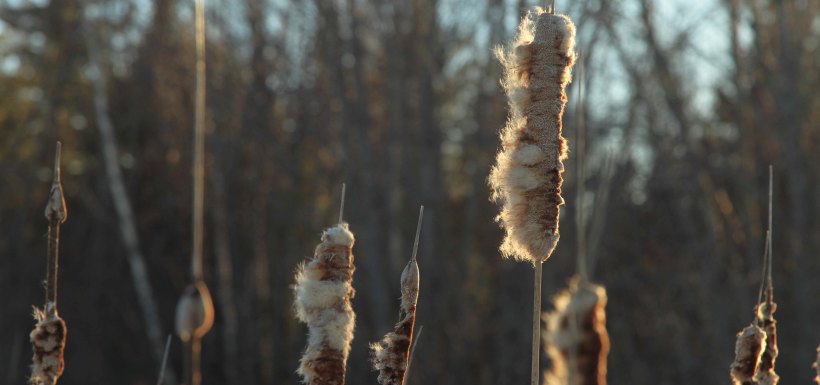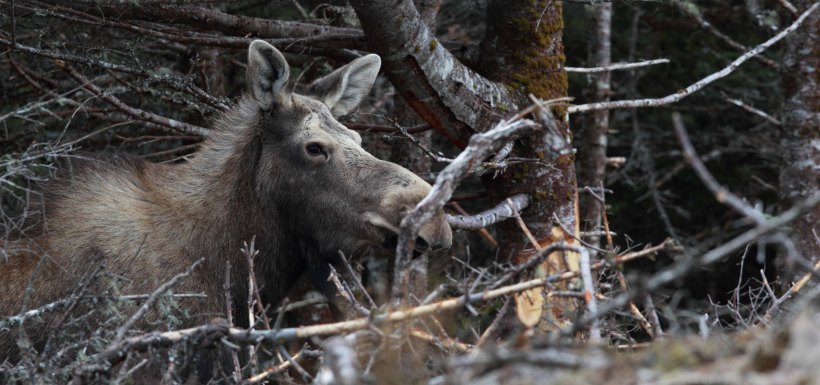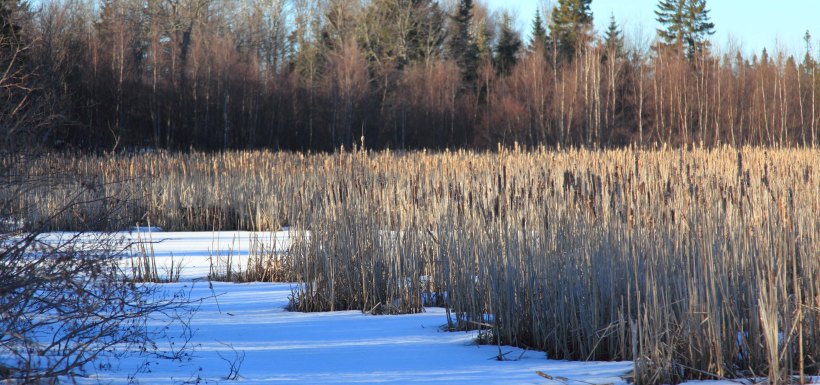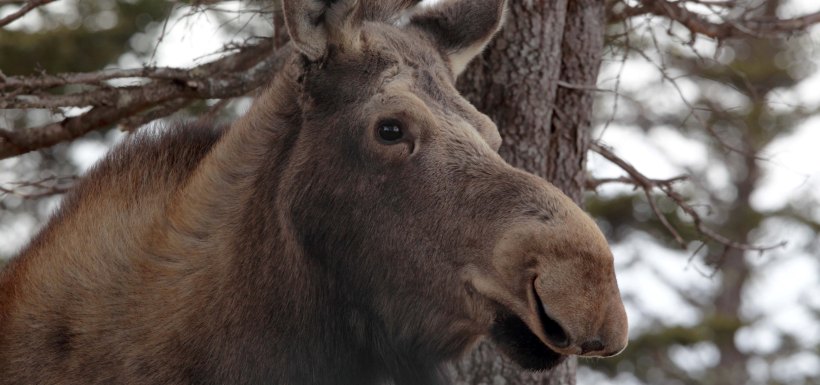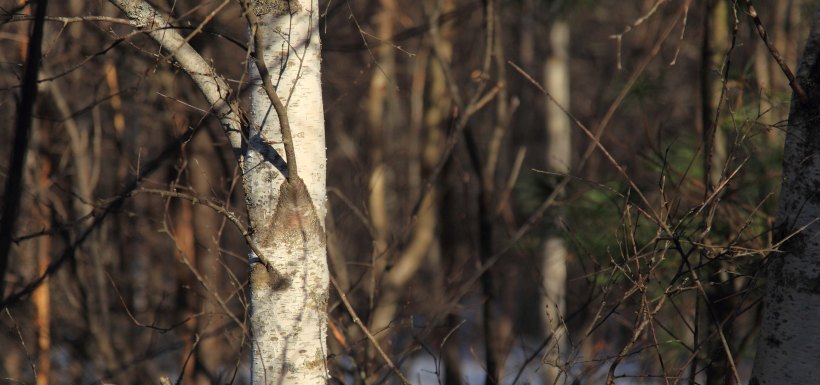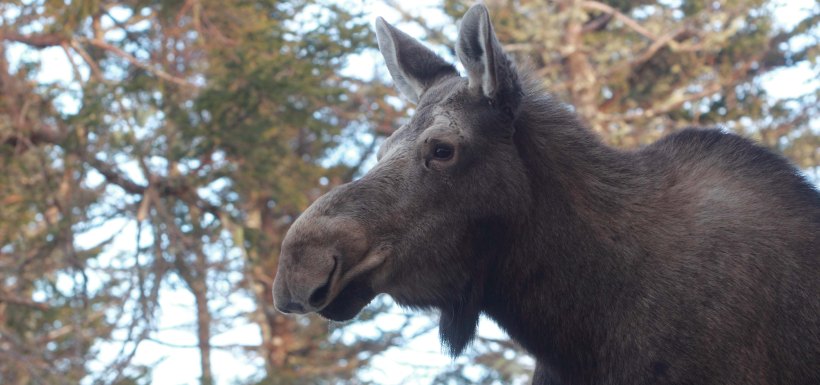The Moose Sex Project

NCC's Moose Sex Project, bilingual buttons, Chignecto Isthmus | Contact 1-877-231-4400 to order (Photo by NCC)
The Nature Conservancy of Canada (NCC) has launched an ambitious project to protect wildlife and species across Nova Scotia and New Brunswick. The Chignecto Isthmus is a critical land bridge that serves as the only route for terrestrial wildlife to move in and out of Nova Scotia, where moose are an endangered species on the mainland.
While New Brunswick has a healthy moose population totalling more than 29,000 individuals, mainland Nova Scotia's moose herd has been thinned to the point the species is endangered and now totals only about 1,000 individuals.
Our work in the Chignecto Isthmus, at a glance
Since species also cross borders and we are all interconnected, NCC is committed to conserving the long-term viability of wildlife populations not only in New Brunswick and Nova Scotia, but across eastern Canada and the United States.
NCC has currently secured 18 properties in the Chignecto Isthmus Natural Area, which total more than 2,500 acres (1,012 hectares). These properties are located in the Upper Tantramar Watershed, Halls Hill and Baie Verte in New Brunswick and three sites near Amherst in Nova Scotia.
One of these projects was a land donation of 781 acres (316 hectares) by Joan and Derek Burney in the Cookville area. Kenneth Lund and his late brother Daniel Lund also made a land donation of 206 acres (83 hectares) in Halls Hill. NCC also received a generous land donation near Amherst from Hollis Cole.
Partners in conservation
The Nature Conservancy of Canada has received generous support for these projects. Project partners have included:
-
The Government of Canada’s Natural Areas Conservation Program
-
New Brunswick Wildlife Trust Fund
-
The Nova Scotia Crown Share Land Legacy Trust
-
TD Bank Group - TD Forests Program
-
The Nova Scotia Department of Environment
-
The United States Fish and Wildlife Service through the North American Wetlands Conservation Act (NAWCA)
-
The Open Space Institute
- Crabtree Foundation
- The Lockhart Foundation
- Atlantic Windows
- Edward Young Reid II and Lester Bartson III Foundation,
More information is available below the video.
Conservation values
Moose populations are healthy in New Brunswick. However, in mainland Nova Scotia they are endangered. The Chignecto Isthmus is a key link for moose habitat to ensure this species can be sustained.
The Chignecto Isthmus features Maritime mixed forest, an extensive system of swamps, lakes, marshes and bogs.
In addition to moose, other mammals and bird species found here include Canada lynx, bobcat and northern goshawk. The area is also a potential nesting site for American black duck, green-winged teal and wood duck.
Rare plants found on the Nova Scotia side of the Chignecto Isthmus include Halberd-leaf tearthumb and lesser wintergreen.
Threats
The Chignecto Isthmus is a narrow, sensitive corridor that, if not protected, would disrupt wildlife movement for many species in what conservation planners refer to as the Northern Appalachians-Acadia Ecoregion.
For more information and to learn how you can help, please contact NCC's Atlantic Region at 1-877-231-4400 or atlantic@natureconservancy.ca.


